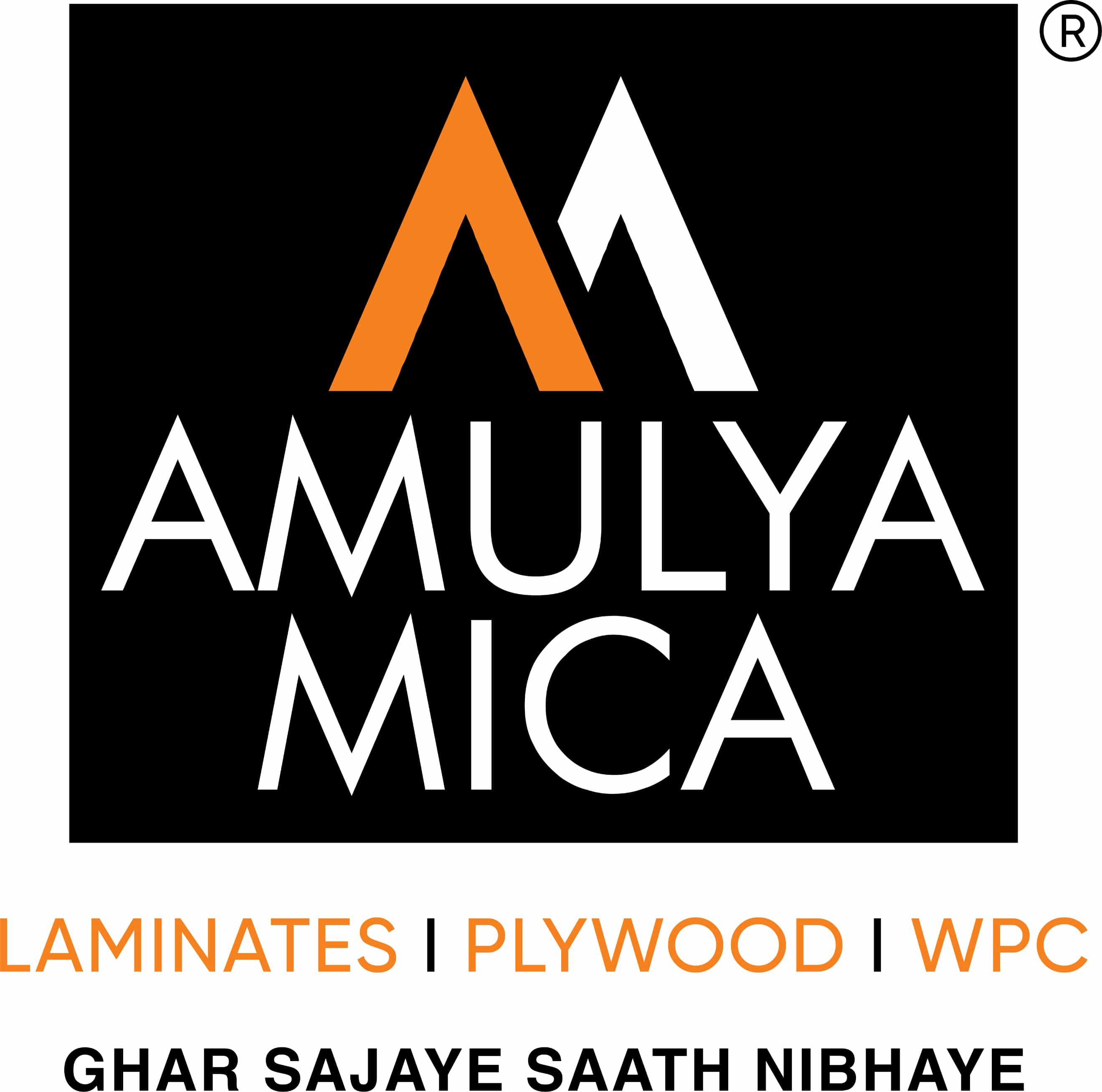HPL consists of layers of kraft paper, a single sheet of solid colored or krafted decorative paper, and is completed with a protective layer that may have graphic accents or other decorative features printed.
For high-pressure laminate processing, kraft paper layers are clustered together to create a single sheet of decorative paper. This decorative paper is available in different elegant styles that are ideal for forming the surface of your cabinets or furniture. Besides, they come with a protective layer that prevents damage and scratches.
Plywood differs from laminate. To form a rough and sturdy wooden sheet, piles of wood veneer are glued together. Using an additive that incorporates resin to ensure protection from water, these piles are stuck together.
Plywood is a sheet material made from thin wood veneer layers or plies that are glued together with neighboring layers that have their wood grain rotated to each other up to 90 degrees... To form a composite material, all plywood’s bind resin and wood fiber sheets (cellulose cells are long, powerful, and thin).
This grain alternation is called cross-graining and has many major advantages: it decreases the inclination of wood to break when nailed at the edges; it decreases expansion and shrinkage, offering increased dimensional stability; and it keeps the panel's strength constant in all directions. Typically, there is an odd number of layers, such that the sheet is balanced, eliminating warping. It is very difficult to bend it perpendicular to the grain orientation of the surface ply since plywood is bonded with grains running towards each other and with an odd number of composite components.HPL consists of paper layers (think shopping bag paper here) and plywood is composed of thin wood layers sold in different levels of quality.

